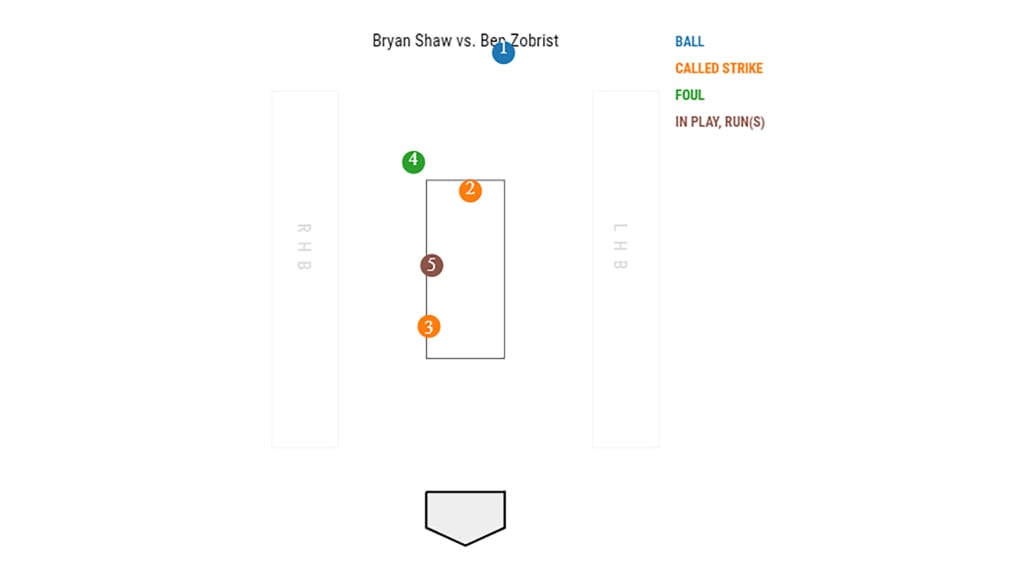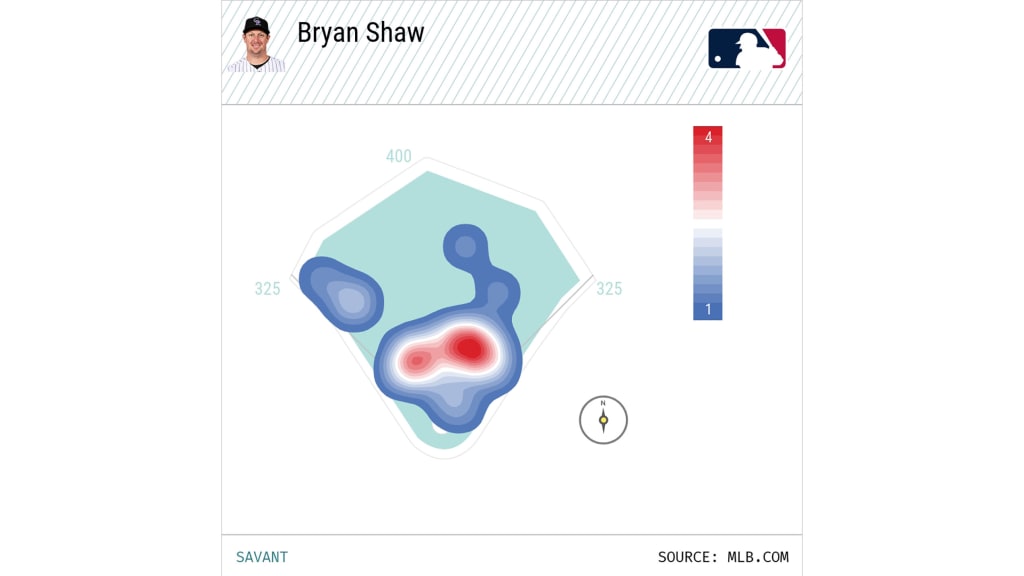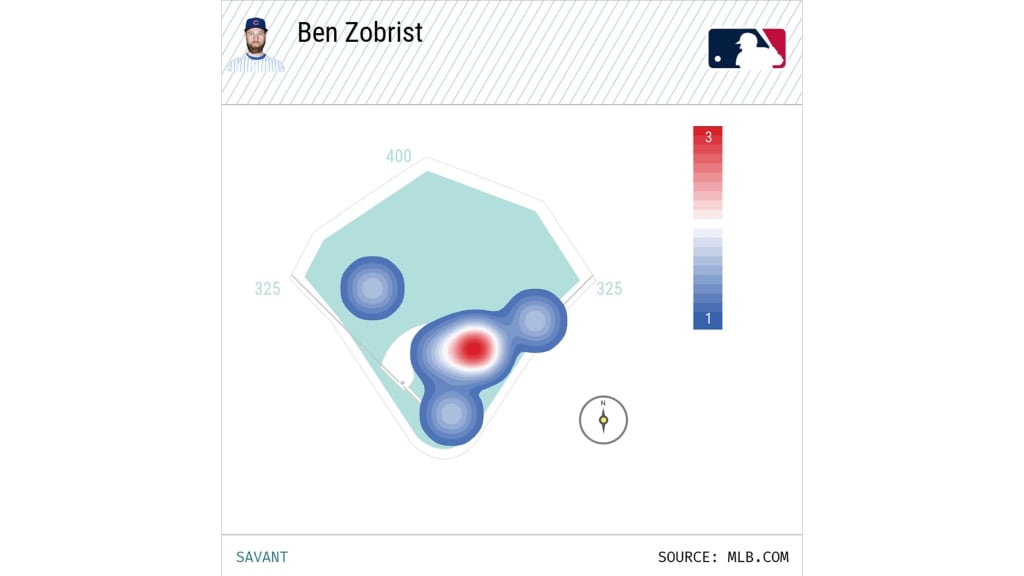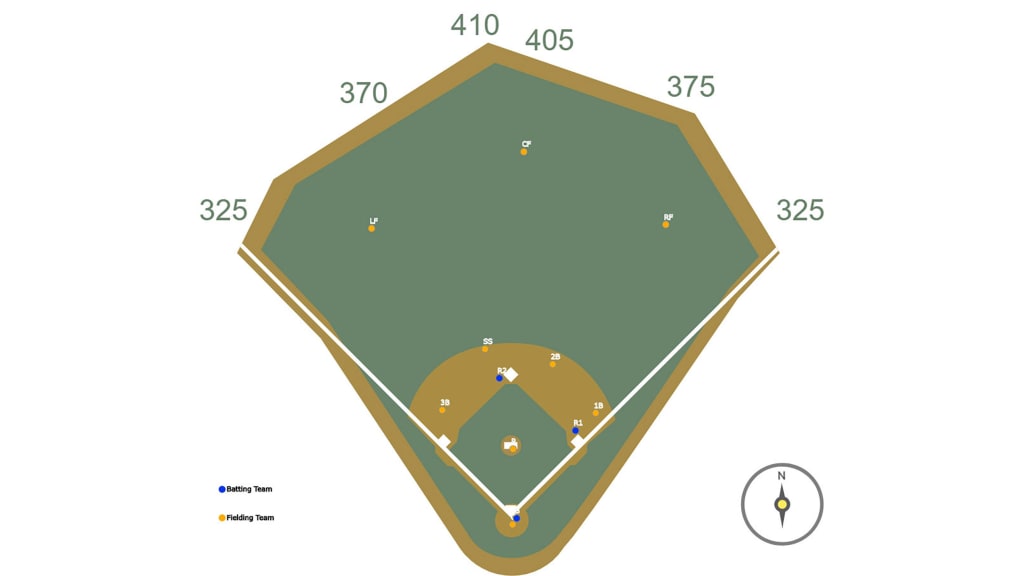On Nov. 2, 2016, the Cubs ended their 108-year World Series drought with a Game 7 victory for the ages against Cleveland. On the anniversary of that triumph, here is a look back at one of the critical moments in delivering that long-awaited, historic championship. This story originally ran in April, when Cubs fans and baseball fans alike were awaiting the arrival of the 2020 season.
CHICAGO -- The images are now forever burned into baseball history. There was Anthony Rizzo, standing on third base, his hands atop his helmet and his face wearing an expression of utter disbelief. And there was Ben Zobrist, leaping and punching the air at second.
For Cubs fans, Zobrist's 10th-inning double in Game 7 of the 2016 World Series was the hit that ignited the final rally that ended a World Series drought that lasted for more than a century. For Indians fans, it was another what-if wound in a long series of October misfortunes.
In the aftermath of one of the greatest World Series games ever played, Cleveland reliever Bryan Shaw was surrounded by reporters in the home clubhouse at Progressive Field. He offered this brief summation of his fateful pitch to Zobrist:
"We did what we wanted," Shaw said then. "He's a professional hitter."
The question then and still to this day then is this: Did Cleveland do what it wanted?
Was Shaw's cutter the right pitch to the right spot? And were the Indians right to have third baseman José Ramírez playing off the bag just enough to where Zobrist's double was just out of reach? Maybe the Tribe did do what it wanted, as Shaw said. With the benefit of hindsight and data, let's hit rewind and walk through that historic moment.
The first four pitches
Zobrist walked to the plate in the 10th following an intentional walk to Rizzo, putting runners on first and second with one out and in a 6-6 deadlock.
As Zobrist -- a switch-hitter -- settled into the left-handed batter's box to face the right-handed Shaw, FOX color commentator John Smoltz remarked, "I'll tell you one thing, Zobrist can handle a cutter from the left-hand side." This was partially true, as Zobrist did have a .455 slugging percentage off cutters in '16 while batting lefty. That said, he also had a .182 average against the pitch as a lefty.
It was obvious that Shaw would be throwing his signature cutter, too. During the '16 season, the Tribe's setup man generated grounders at a 64.3 percent clip with that pitch, which he featured 81.5 percent of the time overall. The cutter came in at 94.1 mph on average in '16, compared to 82 mph for his secondary pitch, a slider.

Shaw needed a ground ball in a bad way and leaned on that cutter for each of the five pitches in his battle with Zobrist. First, he brushed Zobrist back with an up-and-in cutter that checked in at 94.5 mph for a ball. Shaw stayed high in the zone with pitch No. 2, which was called a strike, and went low-and-away and hit the corner for a called strike two with the third pitch.
That third offering would've been ideal for inducing an inning-ending double play, but Zobrist did not bite. So with his fourth pitch, Shaw opted to change the eye level for the lefty-swinging batter, going up and away. Zobrist was in protect mode and swung at the pitch, slicing it sharply into foul territory up the third-base line.
In a bit of foreshadowing, the ball ricocheted back into play to Ramírez, who picked it up and tossed it out of play.
"I know he threw a pretty hard cutter," Zobrist said after Game 7. "I just barely hung in there."
Positioning the defense
There are any number of spray charts one can dissect when mapping out how a defense should align itself for a certain hitter against a specific pitcher. For this thought exercise, let's focus on two in particular -- one apiece for Shaw and Zobrist.
For Shaw, let's consider the '16 results by left-handed batters against his cutter in two-strike counts. Those situational elements bring up this spray heatmap:

Shaw had 127 pitches that fit that description in '16, with opposing batters hitting .200 with a .222 slugging percentage. There is a collection of balls in play in the left-field corner, but look at the infield. The two concentrated areas are to the right side of second base and in the hole between the shortstop and third baseman.
Now, let's look at what type of results Zobrist had hitting lefty against pitches that were 95 mph or higher in the part of the strike zone Shaw targeted for the fifth pitch of the at-bat:

The sample size is not huge (only 41 pitches), but there is a clear concentration on the right side of the infield. When executed well, high-velocity pitches over the outside edge led Zobrist into pulled grounders. This is just one layer that explains Cleveland's infielders shifting to the pull side, and Ramírez moving a couple of steps to his left.
"I told the boys ... he's hitting it right down the line," former Cubs outfielder Dexter Fowler told reporters after Game 7. "I saw them playing him over and I told them he's going to take a cutter down there."

The final pitch
Kyle Schwarber started off the 10th with a single against Shaw before being removed in favor of pinch-runner Albert Almora Jr. From the bench, Schwarber watched Zobrist's battle with Shaw unfold and examined Cleveland's defense.
"I was sitting next to [Cubs coach] Mike Borzello," Schwarber told reporters after Game 7. "I said, 'He's going to hit one down the left-field line right here.' I'm not kidding you."
In that '16 season, Shaw held batters to a .213 average on a 1-2 count. That dropped to .207 when throwing a 1-2 cutter, and dropped again to .182 when throwing a two-strike cutter over the outside edge to lefties. Zobrist hit .158 with a .211 slugging percentage when tasked with a cutter or four-seam fastball to that part of the zone while batting lefty.
Shaw changed Zobrist's eye level on the previous pitch, had his defense positioned properly according to the numbers and then executed a pitch that -- when factoring in all the data -- had a high probability of creating a history-avoiding groundout.
And then, Zobrist hit it anyway.
"He put one just close enough to the plate where I could slap it down the line," Zobrist said after the victory.
Ramírez dove to his right, but the baseball just eluded his glove. Almora read the play perfectly and scored from second base, as the Indians got the ball back to the infield. Two batters later, Miguel Montero added an RBI single that padded the lead just enough to hold off one last Cleveland push in the home half of the 10th.
So, did Cleveland play it right, as Shaw said in the wake of the game? Maybe, but sometimes the baseball gods care not for the numbers.


